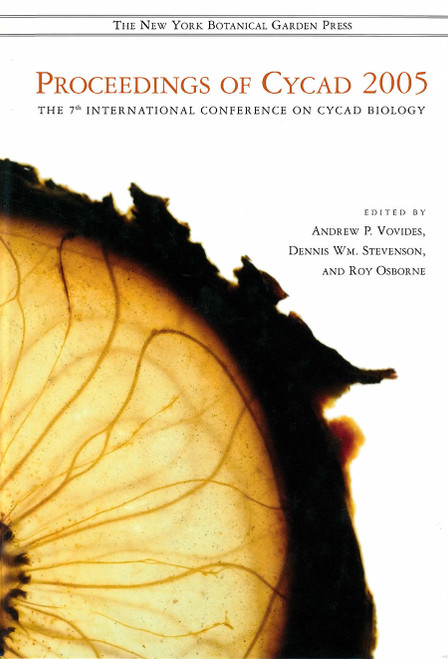This purchase only includes chapter 15 of this title.
Abstract
In this study, seven microsatellite markers were used to estimate the genetic diversity of seven populations of the Dioon angustifolium—D. edule group (Zamiaceae) throughout its range in eastern Mexico. We found that this group is most genetically diverse within populations (HO values ranging from 0.2166 to 0.3657) but shows low population differentiation (FST = 0.088), and does not appear to follow isolation by distance. High numbers of identical shared multilocus genotypes (MLGs) were detected within and between populations. All loci exhibit linkage disequilibrium (LD) and four of the populations deviated significantly from Hardy Weinberg equilibrium (HWE); however, when MLGs were removed from the analyses the loci were not in LD and all the populations (except one) were in HWE. The low levels of genetic variation detected in our study coupled with the population biology and life-history features of this group seem to account for the high number of MLGs. Structure analysis, cluster analysis, and principle coordinate analysis failed to reveal significant population structure. These findings are not congruent with evidence from morphology and allozyme markers that infer that the two northernmost populations represent a distinct entity (i.e., D. angustifolium). Therefore the microsatellite data do not support the recognition of two species within this group. Biogeographic hypotheses of advocating a northward expansion of this group by southern populations are not wholly supported. We contend that the biogeography reflects a combination of natural and anthropogenic factors followed by population fragmentation.







